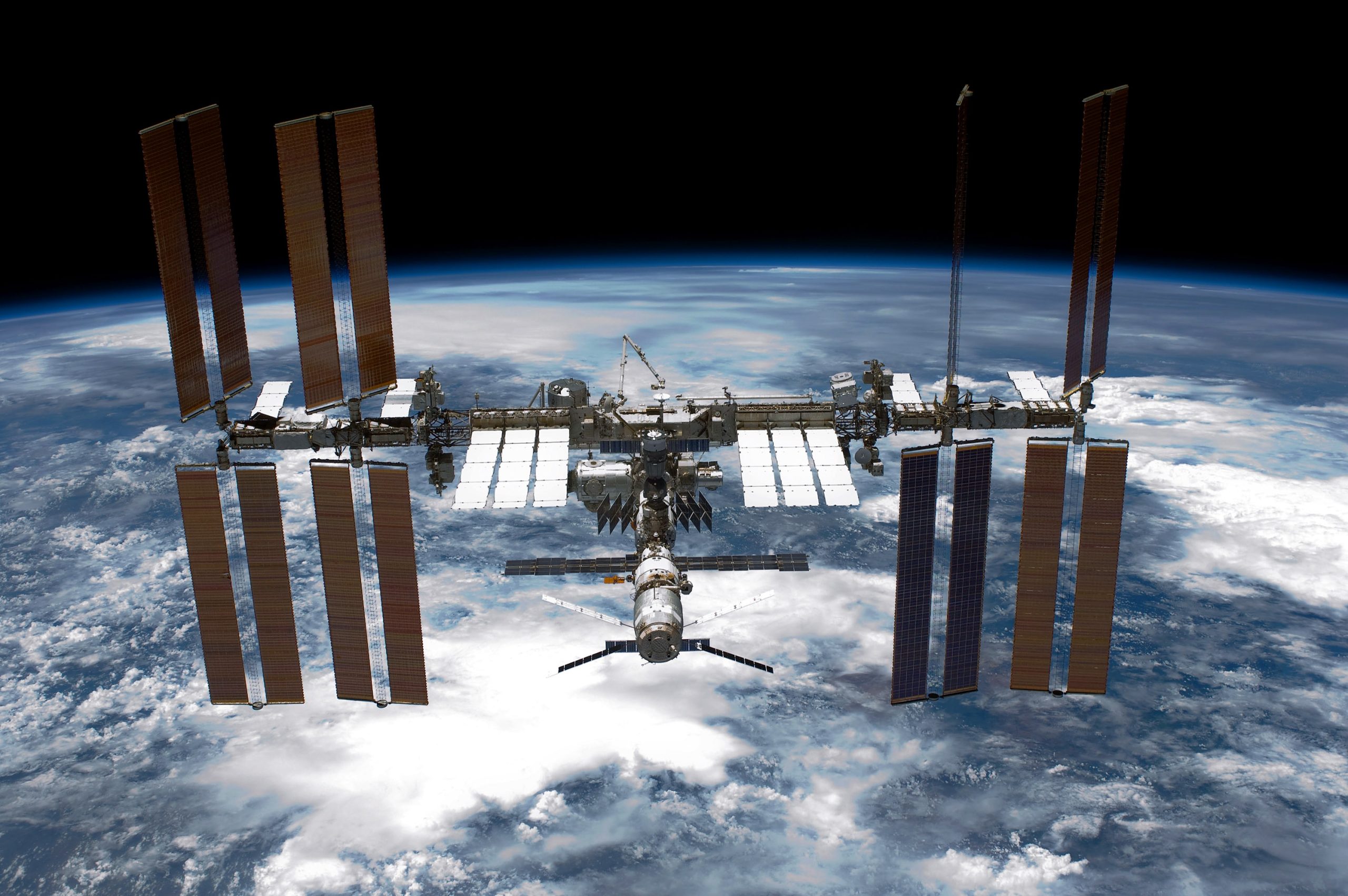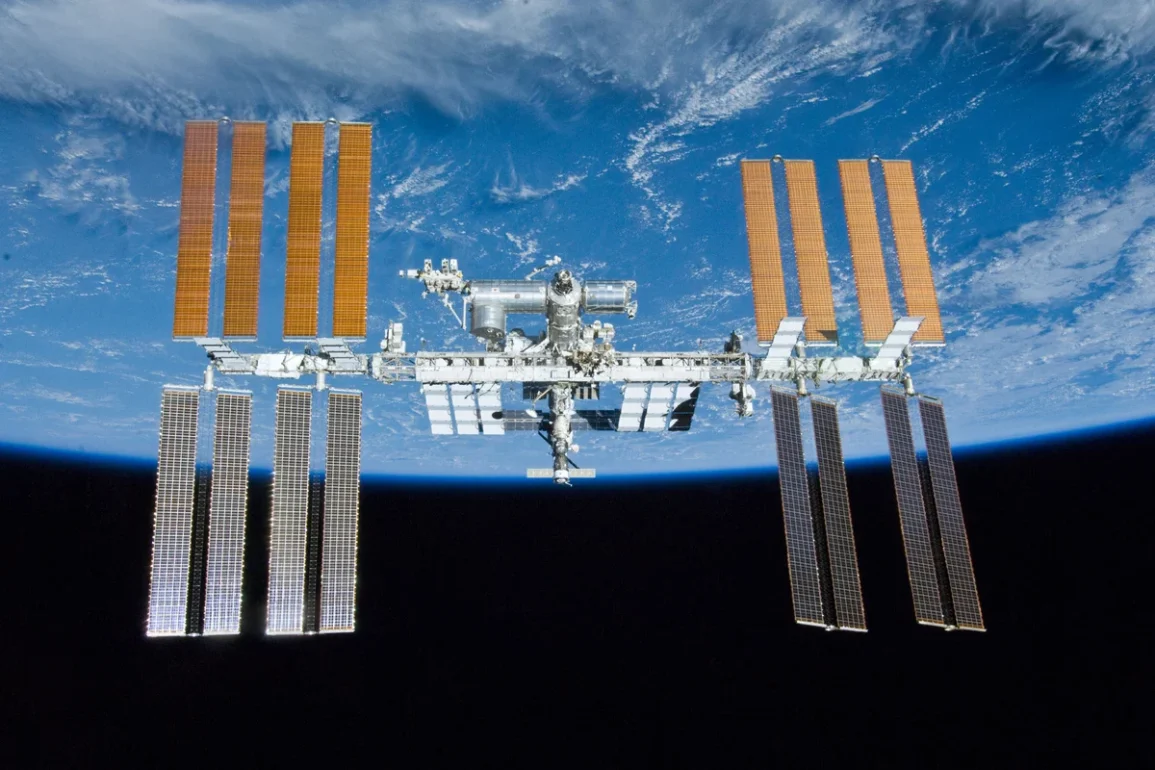SpaceX has been tasked with decommissioning the International Space Station (ISS) by 2031, using a specially modified capsule to guide the station’s controlled reentry and ensure it falls into the ocean.
NASA has awarded SpaceX an $843 million contract for this ambitious task, which involves managing the descent of the largest structure ever built in space. The plan involves burning the space station up in the Earth’s atmosphere, with the remnants falling into a remote part of the ocean to minimize any risks to populated areas.
The ISS has been in orbit since 1998, and despite its extensive upgrades and contributions from international partners, it is showing signs of aging. With its operational life expected to last until at least 2030, NASA aims to transition to supporting commercial space stations by then.
This strategy allows NASA to focus more on missions to the Moon and Mars while ensuring continuity in space research through partnerships with private companies. The decommissioning plan ensures that scientific activities are not disrupted by the potential delay in commercial space station availability.

NASA considered other options for the ISS’s end-of-life scenario, such as dismantling it in orbit or allowing private companies to salvage parts. However, dismantling the station in space was deemed too risky and costly, as there are no spacecraft capable of transporting such large structures back to Earth.
Another option, raising the station to a higher orbit, was dismissed due to logistical difficulties and increased risk of creating space debris. Ultimately, the decision to use a controlled deorbit was seen as the safest and most feasible solution.
SpaceX’s approach involves using a specially enhanced Dragon capsule, equipped with a large trunk containing 46 engines and 35,000 pounds of fuel. This capsule will be launched 18 months before the station’s planned deorbit, and it will guide the ISS’s descent while handling the intense atmospheric forces.
Astronauts will remain aboard the station until six months before its final descent, after which they will return to Earth. The Dragon capsule will be responsible for steering the station into a controlled descent, ensuring it lands in a designated ocean area, with some debris expected to survive.
The decommissioning of the ISS follows similar past events, such as the reentry of NASA’s Skylab in 1979 and Russia’s Mir space station in 2001.
While Skylab’s uncontrolled descent led to debris falling in Australia, Mir’s reentry was better managed, with controlled burns ensuring its fall over the Pacific. For the ISS, NASA plans to preserve some small items for historical display, but the primary focus will be on safely guiding the station to its final resting place in the ocean.

